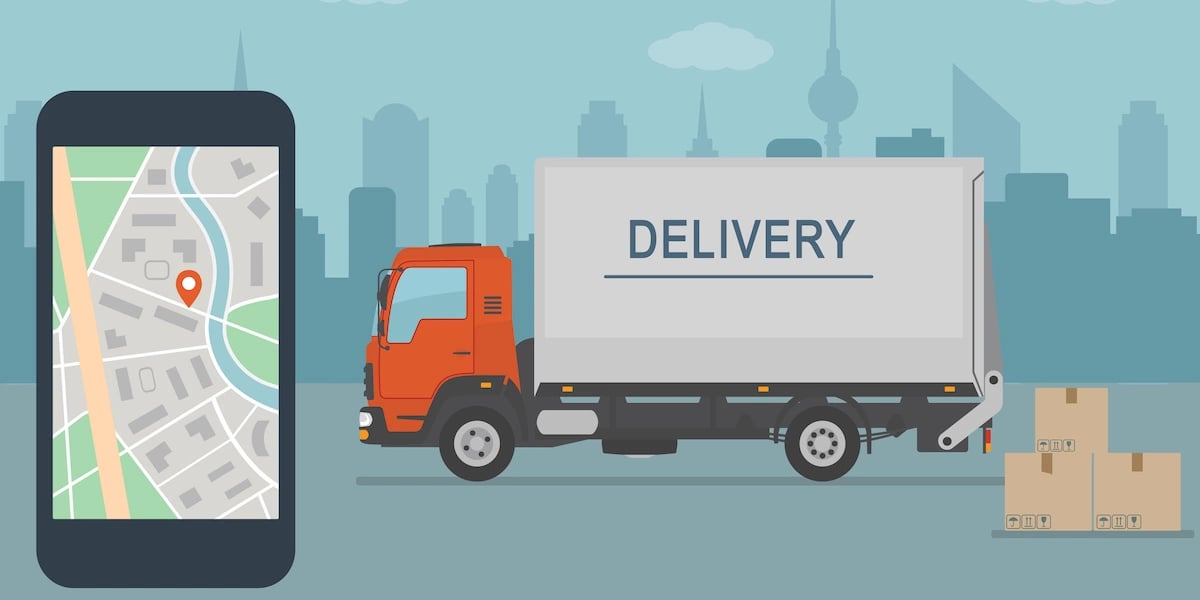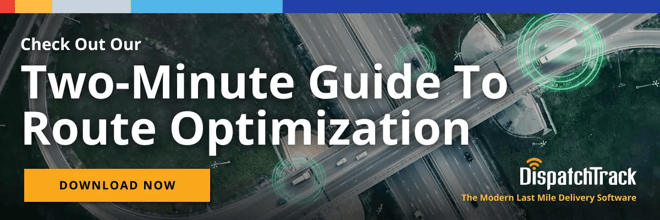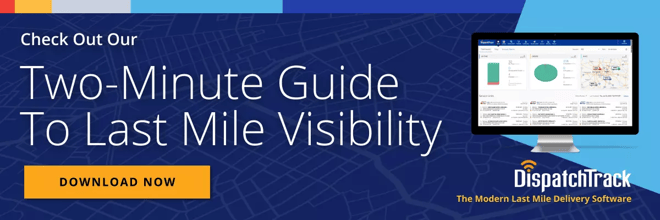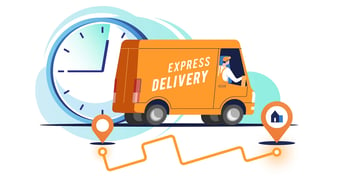Last mile delivery, which involves the transportation of the goods from a logistics hub or distribution center to the customer's doorstep, has always been the most difficult step of the whole shipping process. Meanwhile, the rapid growth of the e-commerce industry has increased demand for flexible, fast, traceable, and personalized last mile delivery logistics. Consumers nowadays ask for more from businesses than just shipping their orders.

What does this mean for last mile operators? It means that it’s more important than ever to ensure a foolproof final mile delivery strategy. In this article, we will discuss how you can do exactly that.
Improving Last Mile Delivery Logistics
Given that the last mile is usually the least efficient aspect of the supply chain—often accounting for more than half of overall logistics expenses—it's increasingly important for companies to improve their delivery logistics. But why is improving last mile delivery such a challenge?
For one, dropping off packages in urban areas means traversing heavily congested roads with no clearly optimal path from one stop to another. Meanwhile, deliveries in rural areas mean traveling many miles in between deliveries, spending a ton of time and racking up fuel costs the whole way. It also doesn't help that some customers won’t be home to accept their orders, or won’t accept deliveries because of damages or because they simply don’t like how a couch or an ottoman looks in person.
Luckily, there are some strategies businesses can employ to improve their last mile logistics.
Last Mile Logistics Must-Dos
1. Institute standard operating procedures
Businesses must begin with the basics in mind—this means establishing standard operating procedures for last mile delivery logistics. Even if you already have guidelines set, it never hurts to review them in order to determine if the procedures are still effective for your business' current size and operations.

If no standard operating procedures have been established, then it’s time to start analyzing data from previous last mile deliveries, e.g. service times, load times, etc. Managers must comb through data available to identify optimal key performance indicators against which the company's future last mile deliveries will be measured. These can result in guidelines and documentation on everything from routing best practices to vehicle inspection checklists and more.
2. Give customers more choices
It might sound paradoxical, but allowing customers to choose their own delivery windows can help you improve your supply chain process by cutting down on manual effort and giving customers a feeling of empowerment. If you can give customers the ability to self schedule their own deliveries from a list of capacity-aware options, you eliminate the 2.5 phone calls it takes on average to nail down a customer’s schedule, and you increase the odds the customer winds up with a time that works and that they won’t forget about. The latter effect can, in turn, lead to fewer costly customer-not-at-home situations.
As it happens, offering customers more choices is also a strategy that some businesses have been using to drive sustainability efforts in their last mile operations. Studies have shown that when consumers are given information about the relative environmental impacts of different delivery options, many of them will choose a more eco-friendly delivery slot. If you have the infrastructure to offer those choices, it can be a good starting point for decreasing emissions and establishing a greener brand.
3. Optimize your routes
Manual route planning is a major source of inefficiency. Manually plotting routes requires many labor hours, yet despite the long hours of labor by human planners, manually prepared routes for drivers can never effectively account for all of the variables that impact ETA and route efficiency.
Extra care must be given when planning routes for last mile deliveries. Failure to provide customers with an accurate expected time of arrivals (ETAs) can result in low customer satisfaction and a loss of repeat customers. As such, enterprises must invest in route optimization software that can find the quickest routes in a few minutes while remaining capable of accounting for real-time variables.
Having drivers spend less time in traffic or traverse unnecessarily long routes means real cost savings in the form of reduced fuel expenses and vehicle maintenance costs—to say nothing of the fact that shorter, more accurate routes can help you maximize your company's resources.
Dynamic route planning software even allows businesses to handle on-demand deliveries or accommodate last minute changes and adjustments. Ideally, this would happen within the context of the specified business constraints and parameters that define success for your particular use case. Naturally, this can require a bit of research into which solutions best meet your business needs.
4. Choose partners carefully
Some enterprises choose to engage the services of third-party logistics (3PL) carriers so they can focus on their core competencies. Outsourcing last mile delivery logistics processes can be an effective strategy if businesses carefully choose their 3PL partners.
Engaging the services of a logistics provider can decrease shipping costs, help you handle a sudden influx of orders, and either improve customer satisfaction. That said, you need to be sure that your 3PL provider is competent enough to provide safe, fast, flexible, and efficient delivery services.
You shouldn’t be afraid to ask possible logistics partners hard questions and have them discuss their capabilities. You need to let potential logistics partners know about the challenges you’ve encountered before as a way of setting expectations.
As it happens, all of this advice also applies to choosing the right logistics software provider: you need someone who understands your challenges and has ready answers to complex questions about optimizing last mile performance.
5. Invest in visibility
Companies that invest in tracking capabilities can spot problems immediately and to resolve them proactively. Having visibility on shipments, drivers, and delivery vehicles allow fleet managers to act quickly and decisively when unexpected scenarios crop up. Real-time visibility also satisfies the need for consumers to track their packages without having to pick up the phone to ask the customer service team where their orders are. In short, real-time visibility is an absolute must for logistics optimization in last mile delivery.
Of course, it’s important to remember that visibility isn’t just about collecting information—it’s about making sure you can access the right data, in the right place, at the right time. This is what enables you to quickly arrive at the right decision in a given situation. If you have to go hunting through multiple screens to figure out whether a particular delivery was completed in full, that doesn’t count as real-time visibility.
6. Communicate continuously with customers
Last mile communications—providing customers with updates either via email or SMS throughout the order fulfillment process—allows them to easily stay informed and adjust their schedules to reduce the possibility of missed deliveries. Messages might be triggered when the driver has finished with the previous delivery assignment or has left the depot. You could even automate messages the night before the delivery to ensure that the end customer doesn’t forget about their scheduled time window.
There’s no such thing as a panacea when it comes to improving last mile logistics. However, companies can implement cost-effective, efficient strategies that will allow them to meet customers' demands while ensuring efficient last mile logistics operations.







